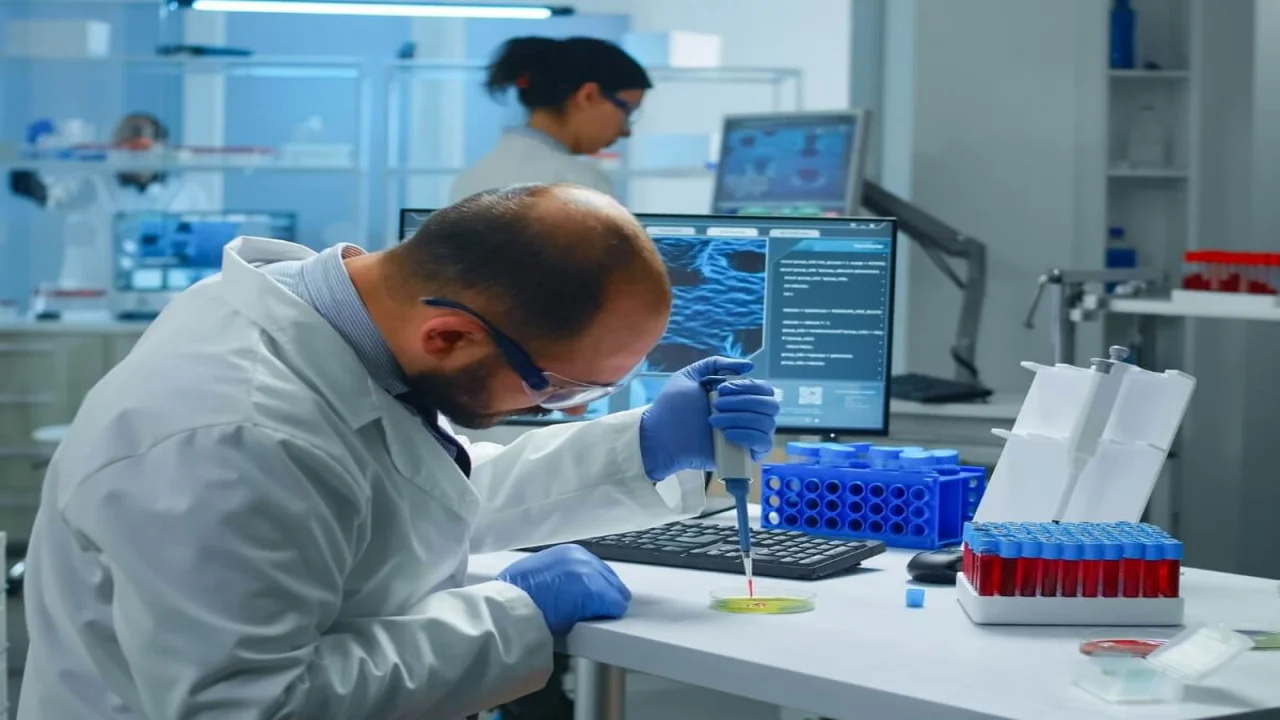Interpreting Plates - Colony Morphology
Bacterial and fungi colonies have many characteristics and some can be rare, there are a few basic elements that you can identify for all colonies.

Bacteria grow tremendously fast when supplied with an abundance of nutrients. Different types of bacteria will produce different-looking colonies, some colonies may be colored, some colonies are circular in shape, and others are irregular. The characteristics of a colony (shape, size, pigmentation, etc.) are termed the colony morphology. Colony morphology is a way scientists can identify bacteria. In fact there is a book called Bergey's Manual of Determinative Bacteriology (commonly termed Bergey's Manual) that describes the majority of bacterial species identified by scientists so far.
Although bacterial and fungi colonies have many characteristics and some can be rare, there are a few basic elements that you can identify for all colonies:
- Form - What is the basic shape of the colony? For example, circular, filamentous, etc.
- Elevation - What is the cross sectional shape of the colony? Turn the Petri dish on end.
- Margin - What is the magnified shape of the edge of the colony?
- Surface - How does the surface of the colony appear? For example, smooth, glistening, rough, dull (opposite of glistening), rugose (wrinkled), etc.
- Opacity - For example, transparent (clear), opaque, translucent (almost clear, but distorted vision, like looking through frosted glass), iridescent (changing colors in reflected light), etc.
- Chromogenesis (pigmentation) - For example, white, buff, red, purple, etc.
The information on this page is peer reviewed by a qualified editorial review board member. Learn more about us and our editorial process.
Last reviewed on .
Article history
- Latest version
- Last updated by Dayyal Dungrela, MLT, BSc, BS
Cite this page:
- Comment
- Posted by Digital Library